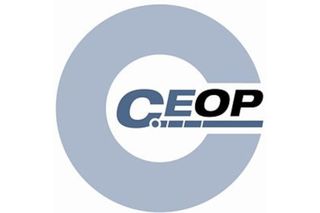CEOP unencrypted website places data at risk
CEOP admits a form on its website is unencrypted, but claims no data appears to have been compromised.

The Child Exploitation and Online Protection Centre (CEOP) has admitted its website contained an unencrypted form, potentially placing user data at risk.
A member of the public was responsible for highlighting the unencrypted form, which related to the CEOP button integrated into Facebook last year, a spokesperson told IT PRO.
"The day we were made aware of the problem we rectified it. The issue isn't a problem anymore," the spokesperson said.
CEOP chief executive (CEO) Peter Davies said the risk "was a hypothetical one."
"We thank the member of the public who brought this issue to our attention and have rectified the problem so people can continue to report any concerns they have to us, with the reassurance that their report will remain secure," Davies added.
Despite reassurances no user data appeared to have been taken, the Information Commissioner's Office (ICO) said it would be launching an investigation.
"We are making enquiries into the circumstances of this alleged breach of the Data Protection Act before deciding what action, if any, needs to be taken," an ICO spokesperson said.
Get the ITPro. daily newsletter
Receive our latest news, industry updates, featured resources and more. Sign up today to receive our FREE report on AI cyber crime & security - newly updated for 2024.
The CEOP button, which became known as the ClickCEOP panic button, was made live on Facebook in July 2010 after plenty of back and forth between the social network and the campaign group.
The button offers advice on staying safe online and lets users report any cases of suspected grooming or improper sexual behaviour.
Although CEOP moved to fix the problem on its own website quickly, anyone with malicious intent and the know-how could hijack a user's unencrypted web session on a non-HTTPS site.
There has been much talk about the value of HTTPS recently, with Twitter adding the security layer last month.
Tom Brewster is currently an associate editor at Forbes and an award-winning journalist who covers cyber security, surveillance, and privacy. Starting his career at ITPro as a staff writer and working up to a senior staff writer role, Tom has been covering the tech industry for more than ten years and is considered one of the leading journalists in his specialism.
He is a proud alum of the University of Sheffield where he secured an undergraduate degree in English Literature before undertaking a certification from General Assembly in web development.





